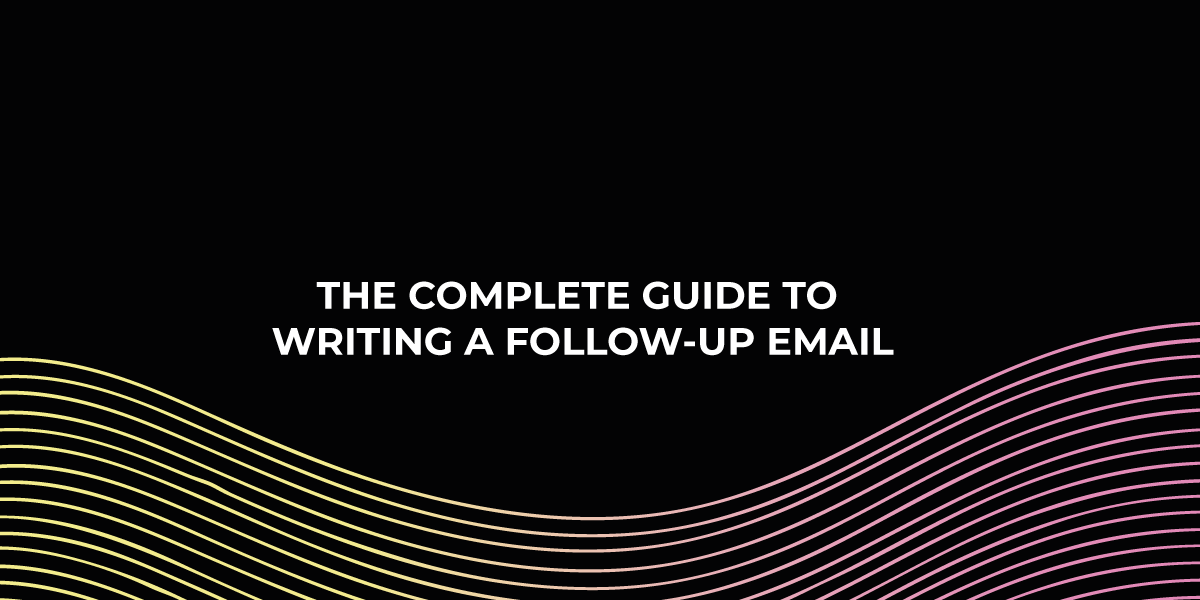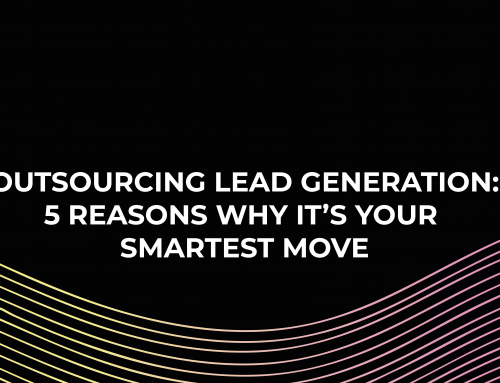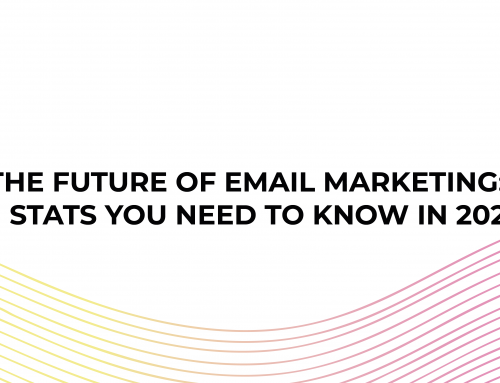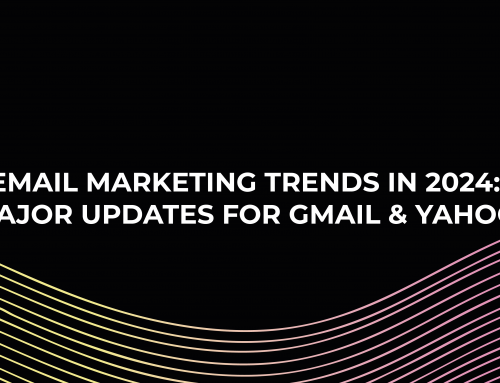You spent days gathering a prospect’s contact information, hours composing the ideal outreach email, and eventually pressed “Send.”
No response after one day. Three days later, you’re still waiting for an answer. One week in, you hear crickets…
If no one has told you this before, let us tell you: IT’S NORMAL.
Only 2% of deals are made from the first point of contact (there should be roughly around 8 touchpoints before making a sale). This indicates that you lose out on 98% of successful transactions if you do not follow up.
Are you ready to boost your response rate? Let’s begin!
Response Rates: The Right Number of Follow-Ups
According to a study from Iko System , the first email had an 18% response rate, while the fourth received a 13% response rate. The sixth email in the series garnered a whopping 27% response rate.
According to a similar study from Yesware, the first email received a 30% response rate, while the fourth had a 14% response rate. They sent ten emails in total, with the penultimate one receiving a 7% response rate.
Despite this, Yesware finds that a whopping 70% of email chains end with only one unopened email.
It gets worse, or better, depending on your perspective: Approximately 80% of prospects say ‘no’ four times before saying ‘yes.’ However, after hearing ‘no’ four times, 92 per cent of individuals give up.
So, what’s the point? This suggests that just 8% of salespeople (those who follow up at least five times) generate 80% of all sales.
When Should You Send A Follow-Up Email?
You don’t have to wait long to send a follow-up email.
Most emails are opened the same day they are received. Common wisdom suggests waiting two to three days before sending your initial follow-up. Remember that you should lengthen this waiting period for each successive email you send to prevent upsetting prospects.
You may utilise the following follow-up schedule:
Day 1: First email of outreach
Day 3: First follow-up email
Day 7: Second follow-up email
Day 14: Third follow-up email
Day 28: Fourth follow-up email
You may try following up once a month after the fourth follow-up email.
How to Write A Follow-Up Email?
How should a chaser be formatted? Is it any different from sending out the first prospecting email? What should it say: a sincere request for attention or a dry reminder of your services? And how can you send three chasers without sounding like a broken record?
The following advice will put you on the right course.
First Chaser: A Quick Nudge
For whatever reason, your prospects may miss your first email. This email serves as a quick reminder without being intrusive. Please include a brief, courteous follow-up note to remind them.
Second Chaser: The Benefits Chase
After your first follow-up email, you may send this email whenever you like. It provides your prospect with a little more information about your product as well as a motivation to act right now.
Third Chaser: The Break-Up
The prospect may have completely lost interest. You don’t want to annoy them.
Tell them you’d love to chat with them. Send this email as the last follow-up email. You’re unlikely to receive a response here, but it’s worth giving it one more attempt before marking your lead “dead.”. If the prospect wants to interact, they will do so after receiving this email. If you still do not get a response, remember that you cannot win them all.
Conclusion
Giving up hope after only one email is not the best cold emailing approach. Being persistent is a core idea of cold emailing. Follow-up emails can increase conversion rates, bring new business, build solid connections, and close contracts.
Good luck!




